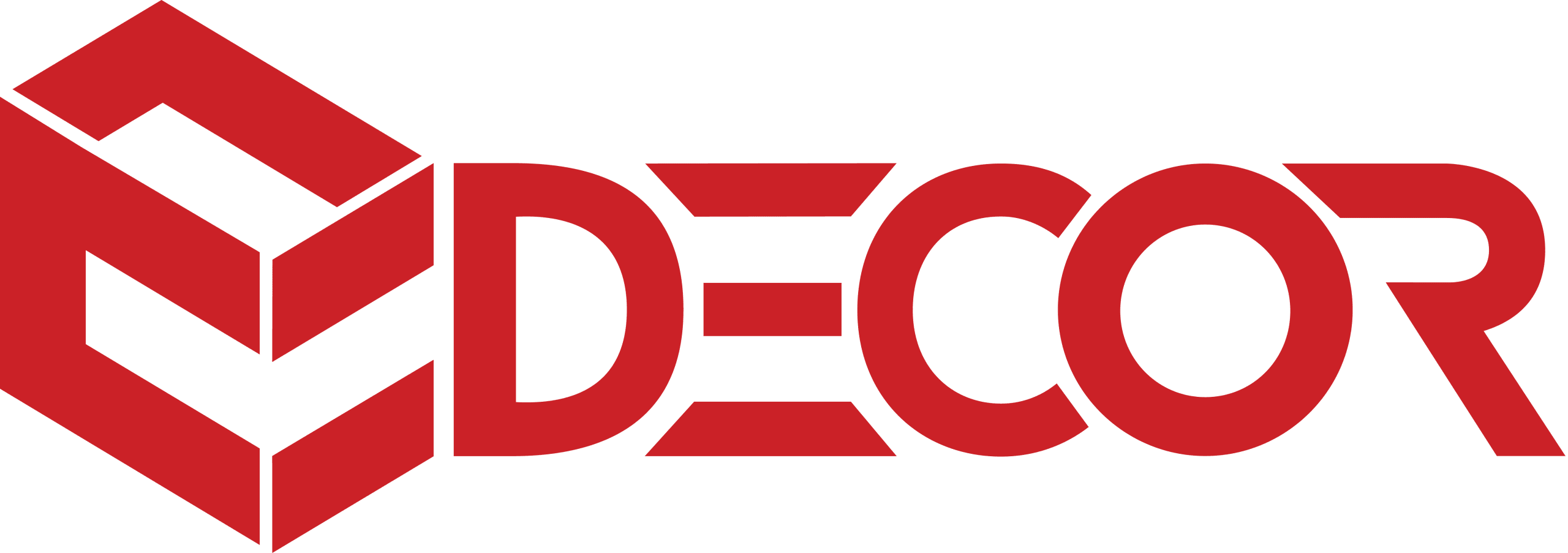Common stock, retained earnings, and additional paid-in capital are just three of the typical types of equity accounts in a GL. It ensures accuracy, transparency, and compliance, serving as the foundation for preparing financial statements and managing finances effectively. In this guide, we’ll explore the ins and outs of the general ledger, its classifications, and the benefits it offers to streamline your financial management processes.
- This ledger contains records of all payments, expenses, assets—basically everything you need to compile financial reports like the profit & loss statement and the balance sheet.
- A journal entry is a sequential list of accounting entries recording transactions while a GL is a formalized account system where recorded transactions in a journal are posted.
- The general ledger serves as the primary source for preparing all financial statements.
By adhering to these principles, businesses can maintain financial integrity, support sound decision-making, and demonstrate trustworthiness to investors and other stakeholders. These are what’s used to record your transactions by date, and can include things like payments against invoices and their totals. These then get recorded in your general ledger.Depending on how your GL is organized, this might be categorized into something called subledger. A subledger is a detailed record of transactions related to a particular financial account, like inventory or payroll.
Add the account name and number, item date and details, and post reference, such as asset, liability, or revenue for each transaction. Then, enter the debit or credit figures so that you can account for every transaction and determine your bottom line. GL is a set of ledger accounts where transactions recorded in journals are posted. A balance sheet is a statement that presents the company’s financial position at a point in time. When starting a small business, you may not know all of the important ins and outs of record keeping.
Ensuring financial transaction accuracy
Each entry may also include subaccounts to provide further transaction details. Companies use general ledger data to compile their financial statements and track business performance. QuickBooks’ intuitive accounting software helps provide a comprehensive audit trail. If you’re ever audited, you won’t have to dig through paper files to get organized. You can pull your general ledger report, specify an account, and review the details and current ratio definition supporting documentation (invoices, receipts, etc.).
Why UAE Businesses Choose ProTaxAccountant for GL Management
It’s the central hub where all financial transactions are recorded, providing a clear and accurate picture of the business’s financial health. This foundational tool ensures that every dollar is tracked and accounted for, enabling informed decision-making and strategic planning. General ledger accounting summarizes and sorts a company’s financial information. Most businesses track this financial accounting data with accounting software.
Balance
Save this accounting general ledger template as a one-off file, or share it as a template with your accounting team to standardize financial reporting practices. A general ledger is an accounting tool that companies use to organize and maintain their financial records. It is the basis for corporate financial statements and ensures that financial reporting is done accurately and transparently. Companies can use their general ledgers to make better decisions about their finances while giving investors and analysts insight into their financial health and well-being. Accurate financial records of revenues, costs, assets, and liabilities are crucial for businesses and business people alike.
Record All Financial Transactions
It organizes financial information by account rather than by date and tracks running balances for each account. The general ledger serves as the primary source for preparing all financial statements. A general ledger contains all company accounts with complete transaction history, organizing financial activities by account categories such as assets, liabilities, and equity. It maintains running balances for each account and provides detailed transaction information including dates, descriptions, and reference numbers. The general ledger contains posted transactions that have been finalized and reflected in the account balances. The general ledger serves as a comprehensive record of transactions conducted through the double-entry bookkeeping method, where each transaction impacts two accounts.
Financial statements, such as income statements, balance sheets, and cash flow statements, show the financial health of a business. Business owners can generate all three statements using the accounting cycle, which includes the general ledger. In a nutshell, the general ledger is crucial because it compiles all the transaction details used to produce financial statements definition of form 941 like the income statement, statement of cash flows, and balance sheet . These statements help management, accountants, analysts, investors, and other stakeholders assess your company’s performance.
- For a small business the most common way to split the ledger is into four subledgers.
- Mastering this topic is crucial for commerce students, those preparing for competitive exams, and anyone seeking practical business understanding.
- The general ledger maintains running balances for each account, allowing the business to track its financial position continuously.
- Each transaction, such as purchases, sales, income, or expenses, gets posted to its relevant ledger account.
- Anomaly Management takes organizations from a reactive to a proactive stance, detecting 12 common types of errors and omissions in real-time.
Learn how this essential tool tracks every dollar and forms the foundation of your financial statements. These entries are then summarized and posted to the appropriate general ledger accounts. General Ledger in simple language is grouping of transactions of similar nature. Every transaction leads to two entries as per the double entry system of bookkeeping. A business owner can see any specific transaction during the period since there is a complete record.
Accounting made for beginners
The example shows the electricity expense account which is on page 21 of the ledger. The name of the account ‘Electricity Expense’ and its account code 640 are also shown in the heading. For instance, you could assign four-digit codes for all your accounts, or you could assign specific numbers to specific accounts. Liabilities are the amounts owed to individuals or outsiders, and are the financial obligations you’re bound to fulfill. These are the obligations that you have to fulfill the amounts you have borrowed and which have not yet been paid for. Explore why HighRadius has been a Digital World Class Vendor for order-to-cash automation software – two years in a row.
In other words, you record the relevant transactions under the individual general ledger accounts, which are recorded based on the Duality Principle of Accounting. Therefore, a general ledger contains individual accounts in which similar transactions are recorded, whether relating to an asset, a liability, an individual, or an expense. A ledger is often referred to as the book of second entry because business events are first recorded in journals. After the journals are complete for the period, the account summaries are posted to the ledger.
These principles enable stakeholders to make informed decisions based on accurate and reliable financial data. One of the fundamental principles is the double-entry accounting system, where every financial transaction affects at least two accounts. This system maintains the balance of the accounting equation and ensures the integrity of financial records.
A ledger is a broader term referring to any book or system of accounts, while a general ledger encompasses the complete set of accounts that summarize all financial transactions. The general ledger includes how to start a virtual bookkeeping business and make $3,000 a month online assets, liabilities, equity, revenue, & expenses, providing a holistic view of a company’s transactions. Within the general ledger, financial transaction data is sorted like books in a library (but way less dusty). They’re categorized into accounts for assets, liabilities, equity, expenses, and revenues.
It’s like playing detective to ensure there are no discrepancies—or worse, sneaky frauds and cash manipulations. Often used interchangeably with “general ledger,” the nominal ledger includes a chart of accounts. Imagine it as the index of a book, guiding you to different subcategories like assets, liabilities, and shareholders’ equity.
You need to check the transaction amounts recorded as part of your general ledger. If you are preparing your general ledger manually, you will have to keep your source documents handy. These sources will help to verify that the amounts recorded in the ledger accounts are accurate.
As a result, you’ll get an understanding of your company’s position with regards to debtors, creditors, expenses, revenue, income, etc. For example, any outstanding payments against suppliers or any payments to be collected from customers. A purchases ledger, or creditors ledger, records all transactions relating to purchases that a business entity makes. It also showcases the amount you pay to your suppliers or the amount yet to be paid for any purchases. Say you own a publishing house, Martin & Co., and purchased 20kg of paper on cash at $20 per kg on December 1, 2020.
In the first column, we see the type of account and the type of transactions within the account. It is common to see the number of the transaction if it has been paid by check or entered in for tracking purposes. See our collection of Excel accounting templates for additional accounting resources. For additional general ledger-related resources, see our comprehensive list of profit and loss (P&L) templates for small business.




 Round Rugs
Round Rugs  Wool Rugs
Wool Rugs  Vintage Rugs
Vintage Rugs 


 Carpet Tiles
Carpet Tiles  Carpet
Carpet 
 Embossed Rug
Embossed Rug  Plain Rug
Plain Rug 
 2.5'*4'
2.5'*4'  2'*3'
2'*3'  3'*5'
3'*5'  5*7.5
5*7.5 













 Artificial Grass
Artificial Grass  Mats
Mats 
 Soil
Soil  Fertilizer
Fertilizer  Pesticides
Pesticides